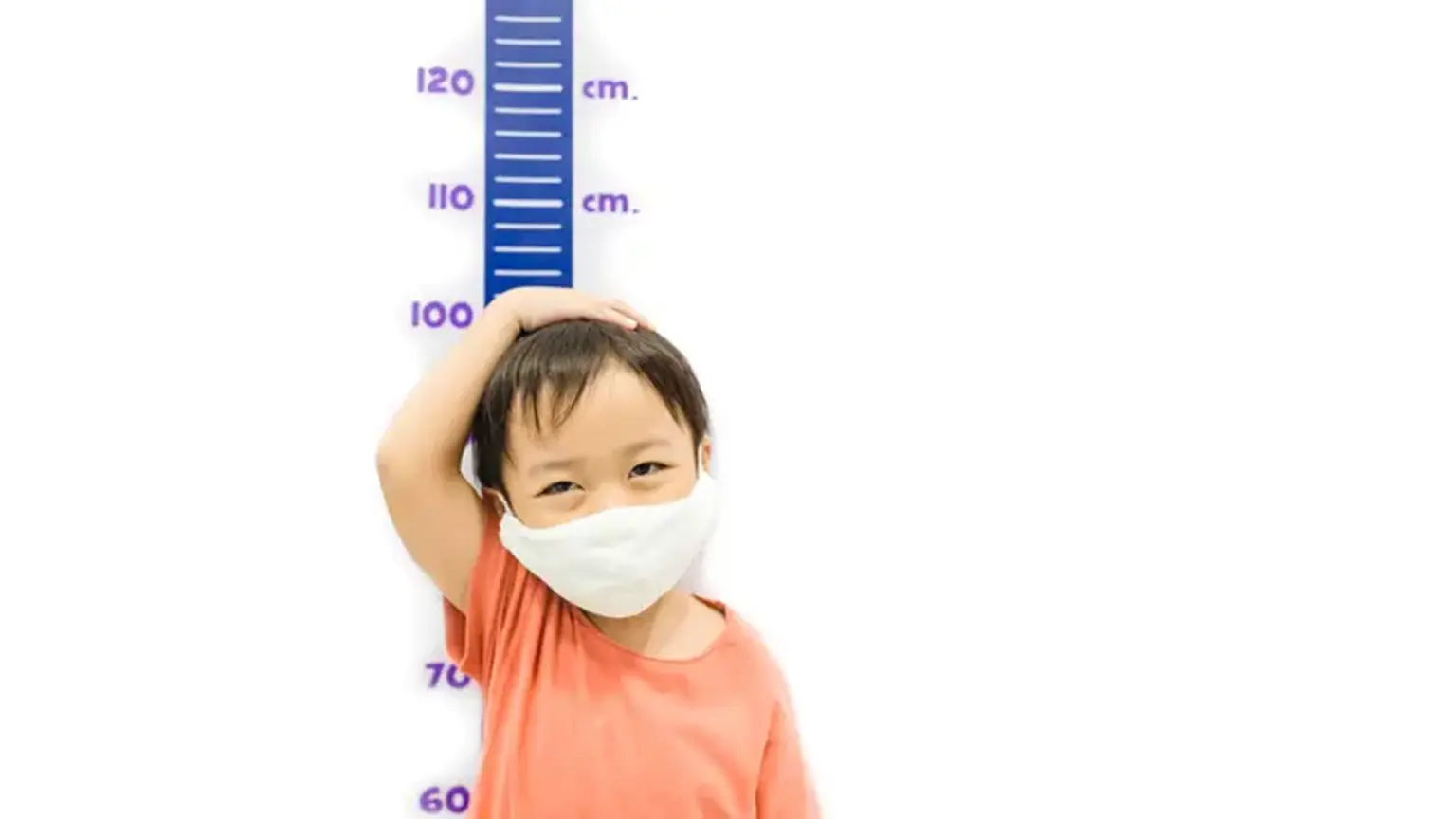Growth Hormone Therapy
Overview
Hormones regulate a wide range of bodily activities and processes, including growth and development, metabolism, sexual function and reproduction, and mood. Growth hormone (GH) is necessary for development, especially in youngsters, but it is also involved in many other bodily functions, such as bone density, muscular mass, and mood.
It aids in the processing of protein and enhances fat breakdown in order to give the energy required for tissue development. Growth hormone levels fluctuate throughout the day, and physical exercise has an impact.
Growth hormone (GH) therapy has transformed the treatment of children suffering from growth hormone deficiency (GHD). These children had a better height result, with ultimate heights falling inside the desired height range.
